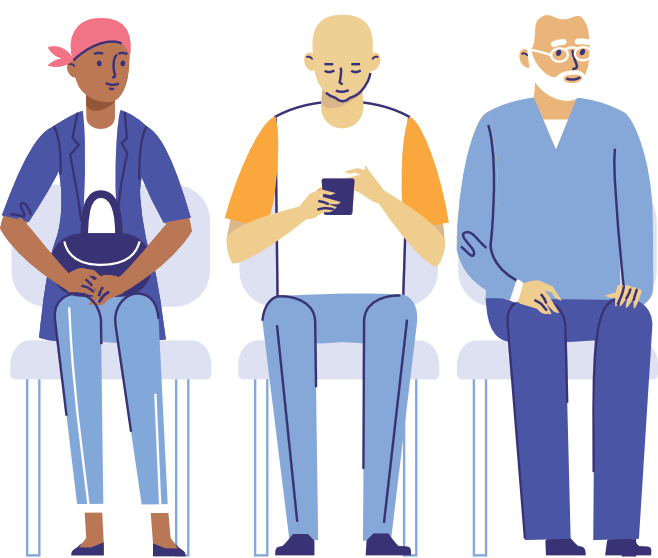Immunotherapy

Implementation of electronic patient-reported outcomes (e-PROs) among patients receiving immune checkpoint inhibitor therapy: Algorithm design and change management with stakeholders
The goal of this project is to improve the management of side effects that patients experience after immune checkpoint inhibitor (ICI) therapy. ICIs are a relatively new cancer treatment, but because they can be very successful for certain cancers, their use is increasing quickly. However, ICIs can lead to severe side effects that can be difficult to recognize, diagnose, and treat in routine clinical care. This has a significant impact on how well individuals can carry on with their lives. Untreated side effects can also be costly for the health care system, as patients might then require more expensive care (e.g., emergency department visit). One way to address this situation is to ask all patients receiving ICIs to report the side effects there are experiencing by completing standard questionnaires every time they see their health care professional. This routine screening of treatment side effects has been shown to be feasible and to improve the process of care (e.g., patient-clinician communication) and symptom management. If symptoms are better managed, this will have a positive impact on patients’ quality of life and even their survival.
Our team has developed and is implementing an innovative electronic screening program of treatment side effects in Quebec, which is called e-IMPAQc. Once patients complete the screening questionnaires, patients and clinicians receive a summary of the answers, and appropriate education resources are sent to patients to help them manage the side effects. e-IMPAQc was developed for patients receiving chemotherapy and radiotherapy, and as the types of side effects experienced by patients receiving ICIs are different, the aim of this project is to determine the content of a screening program specific to the side effects of ICIs.
This project will be carried out in four phases. Phase 1 focuses on determining the priorities and content of the screening program for ICI side effects. This will be decided on by patients and stakeholders (e.g., clinicians) as they participate in a series of workshops to design the screening program. This user-focused design places the priorities of those who will eventually use the program at the heart of our effort to improve cancer care for this patient sub-group. In Phase 2, the priorities that were identified will be turned into actions and the components of the screening program will be developed. Because integrating a screening program in routine care is easier said than done, Phase 3 will focus on change management. That is, what do we need to do so that this screening program becomes part of the everyday cancer care patients can expect across participating cancer centres (e.g., training needs of clinicians). Last, Phase 4, will aim to disseminate all that we have learned throughout this project in several ways, including social media, presentations at centres, and newsletters. Ultimately, having a screening program for treatment side effects means that no patients will have to suffer unnecessarily with symptoms that, if identified, can be addressed. After this project, next steps will include implementation and a pilot evaluation of the program.
Supported by:






Powered By EmbedPress


